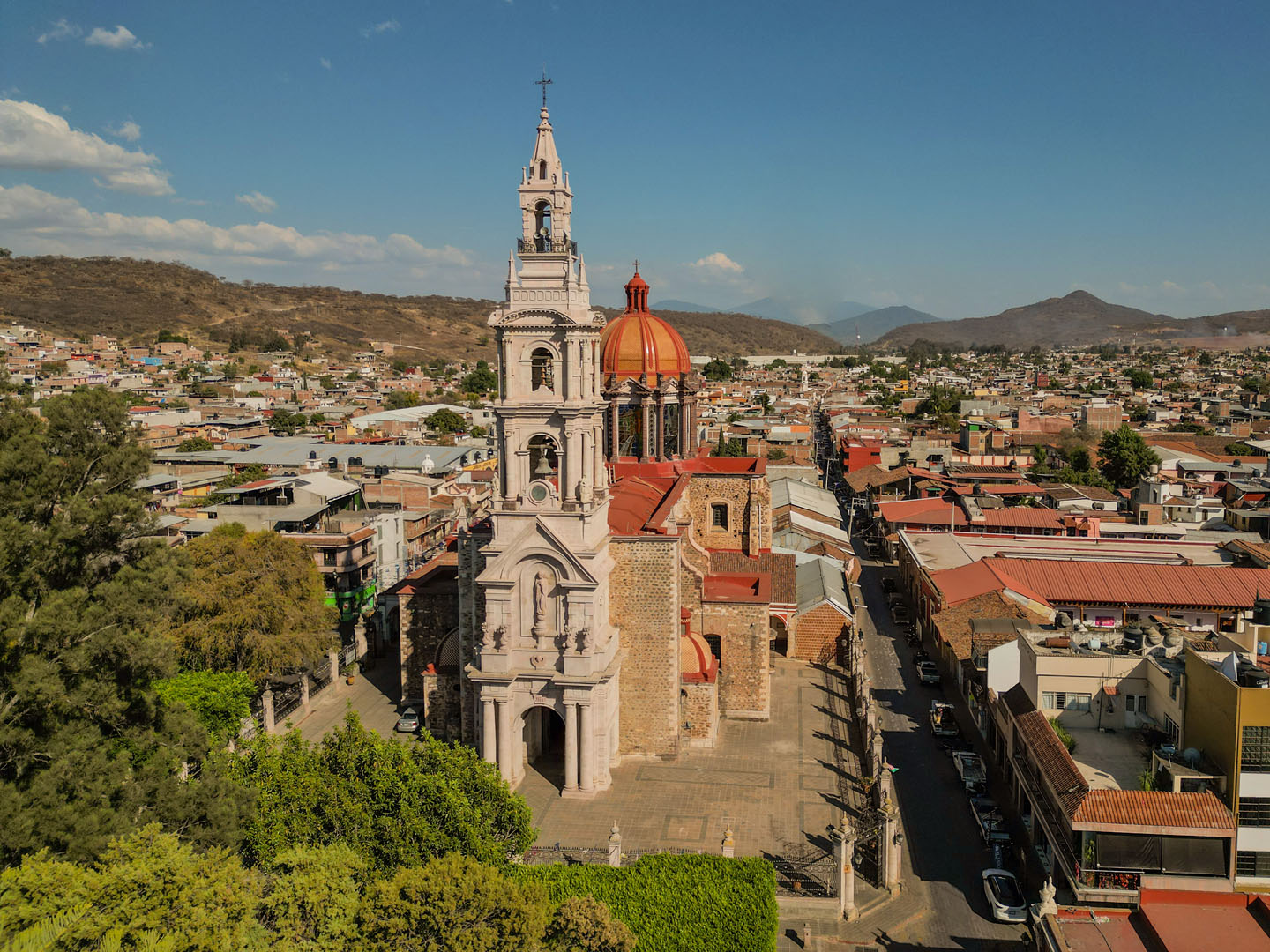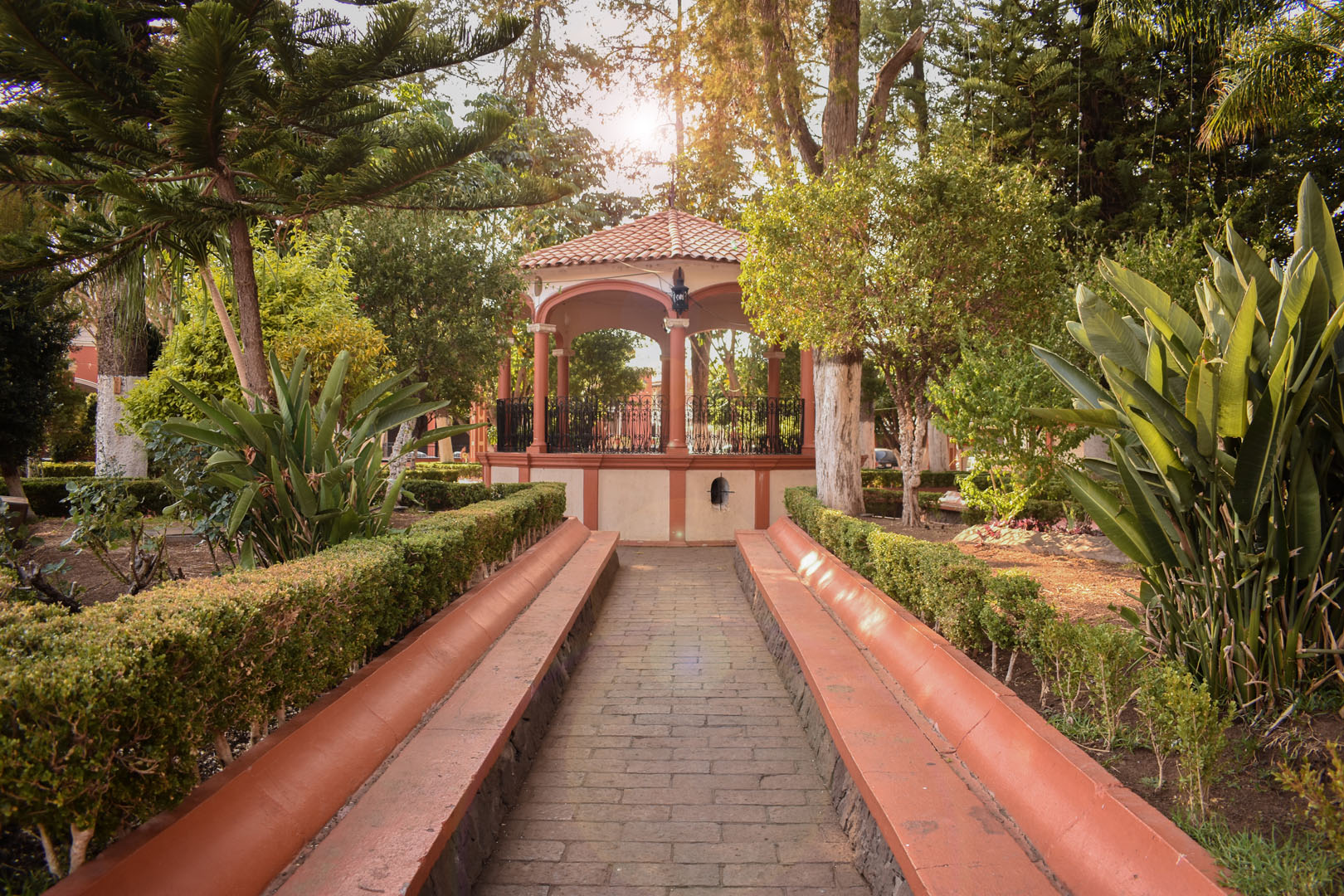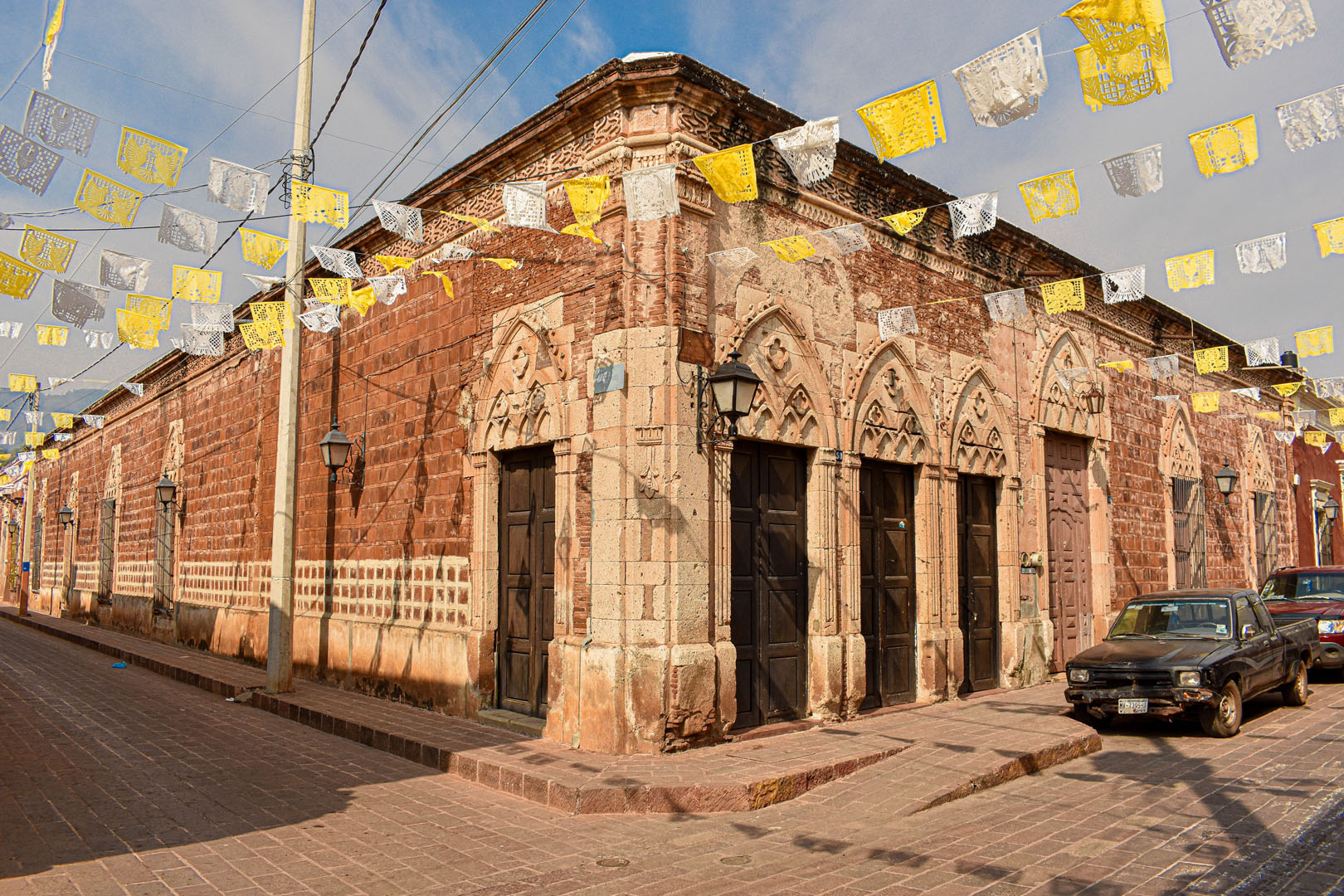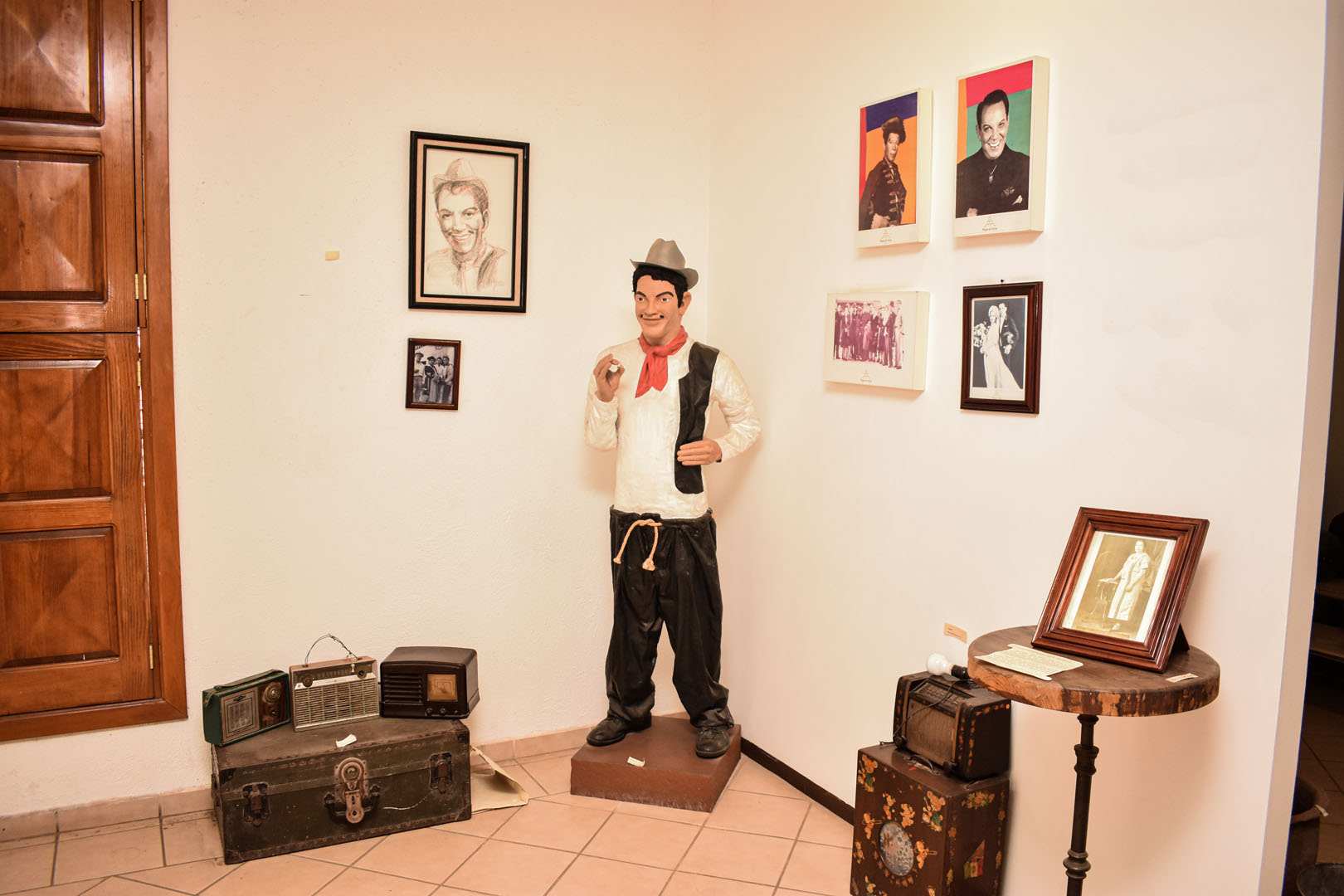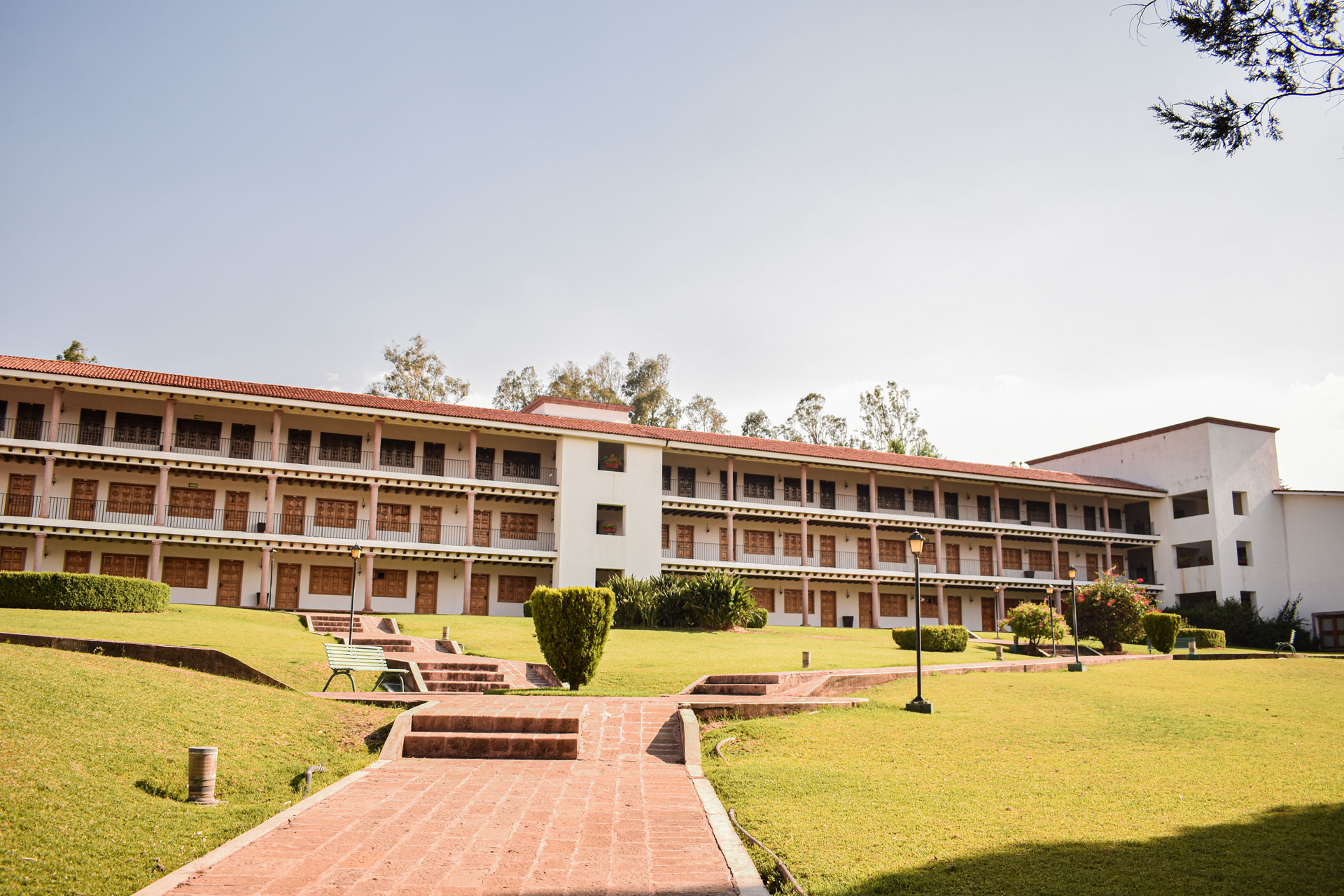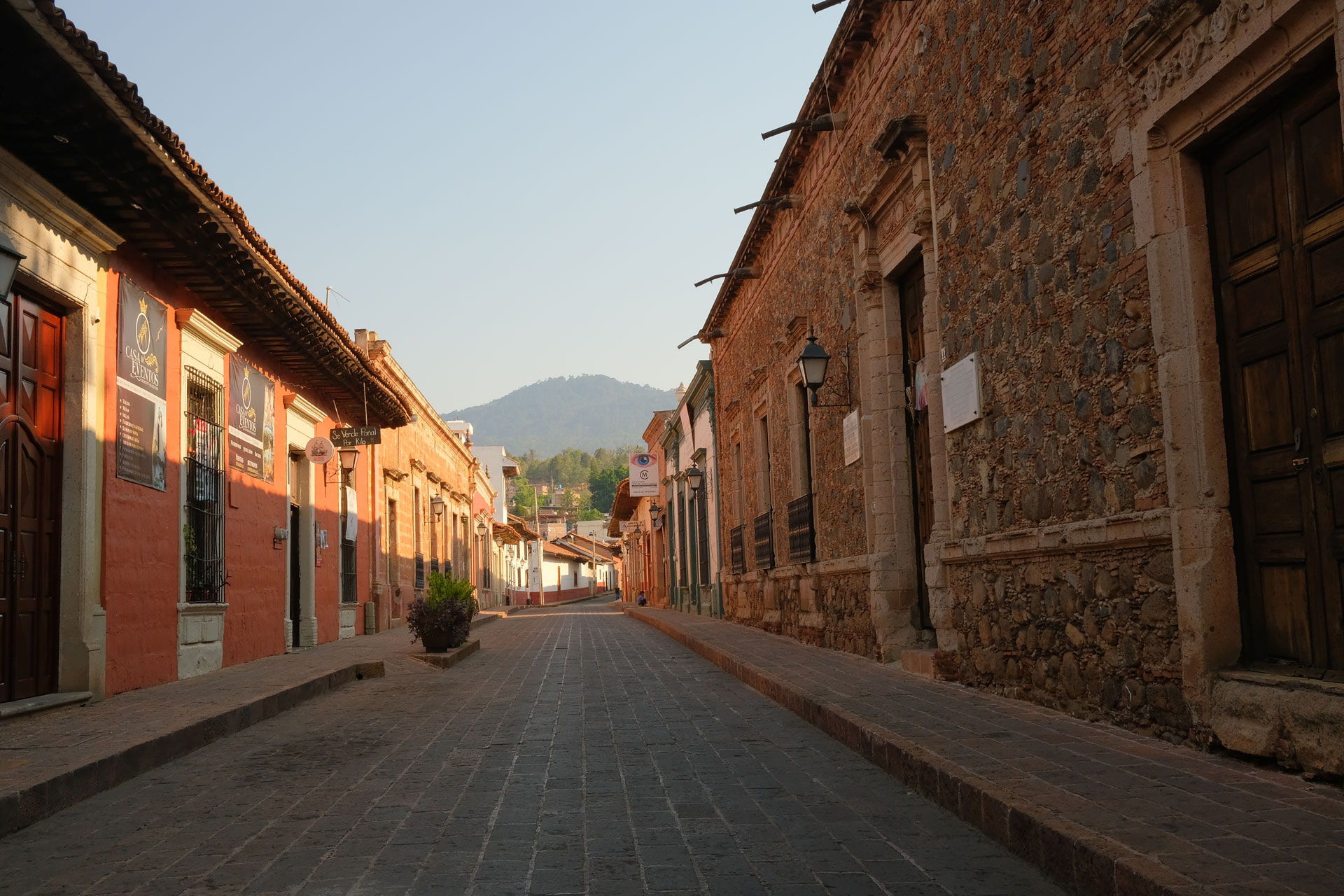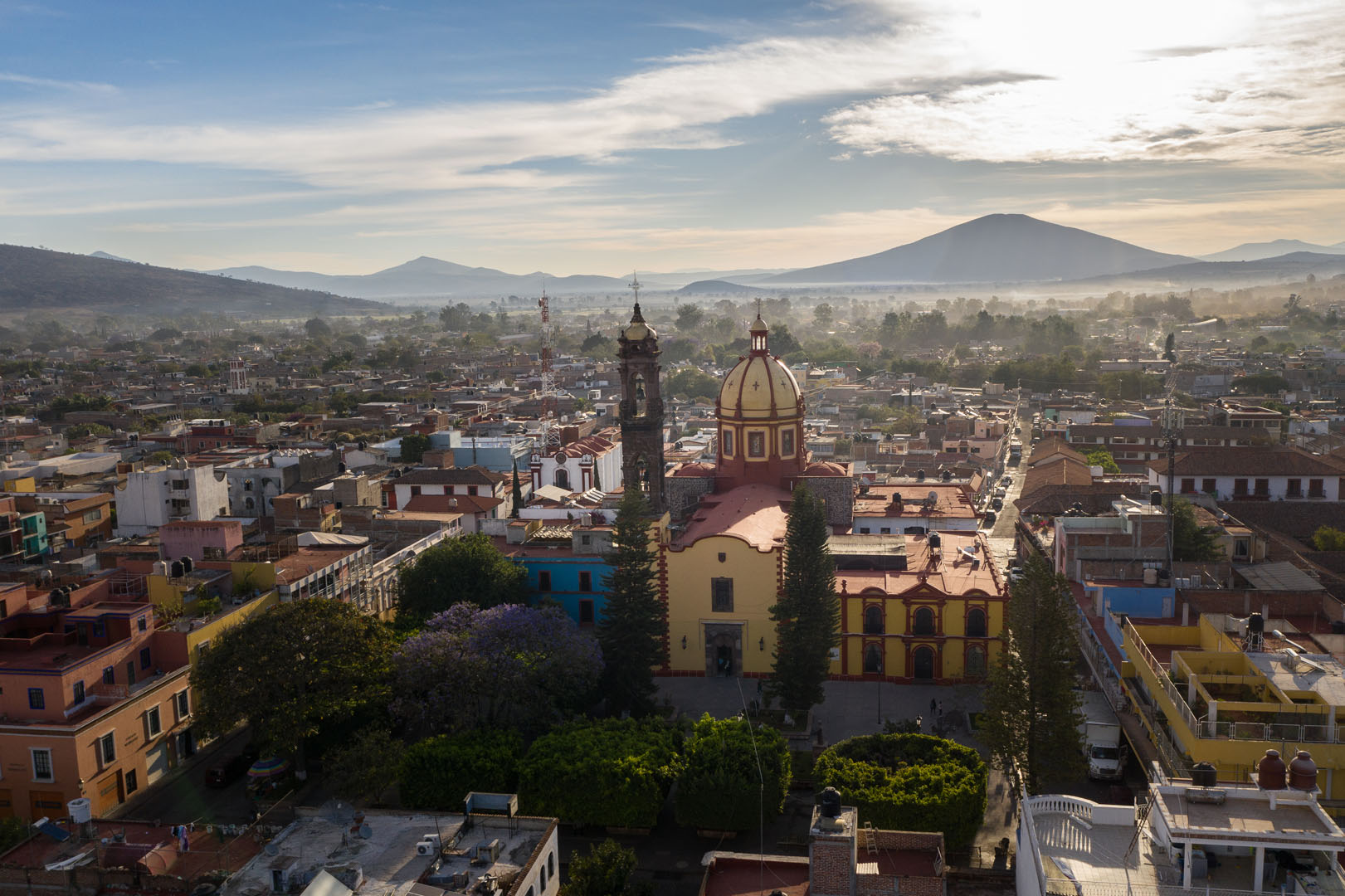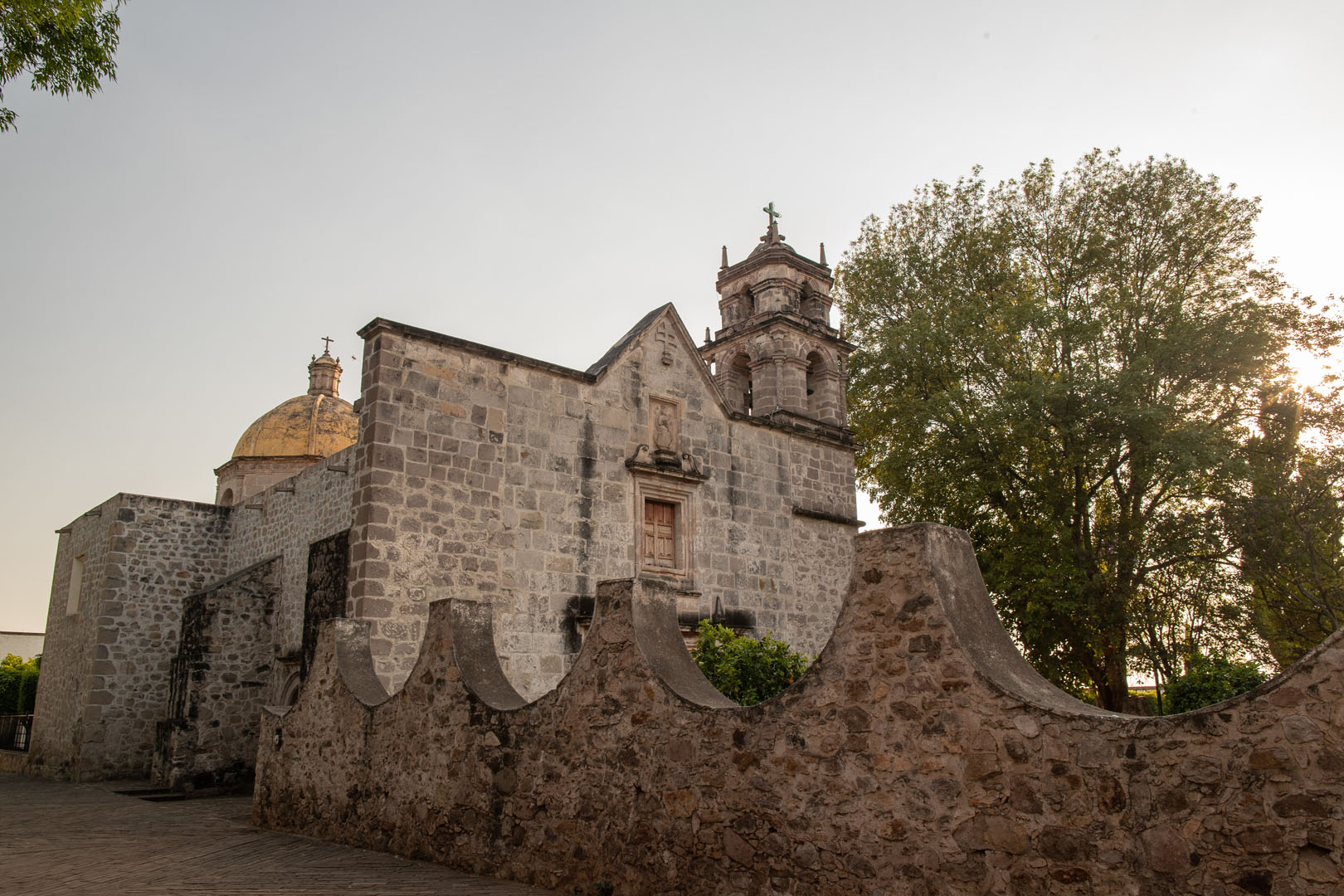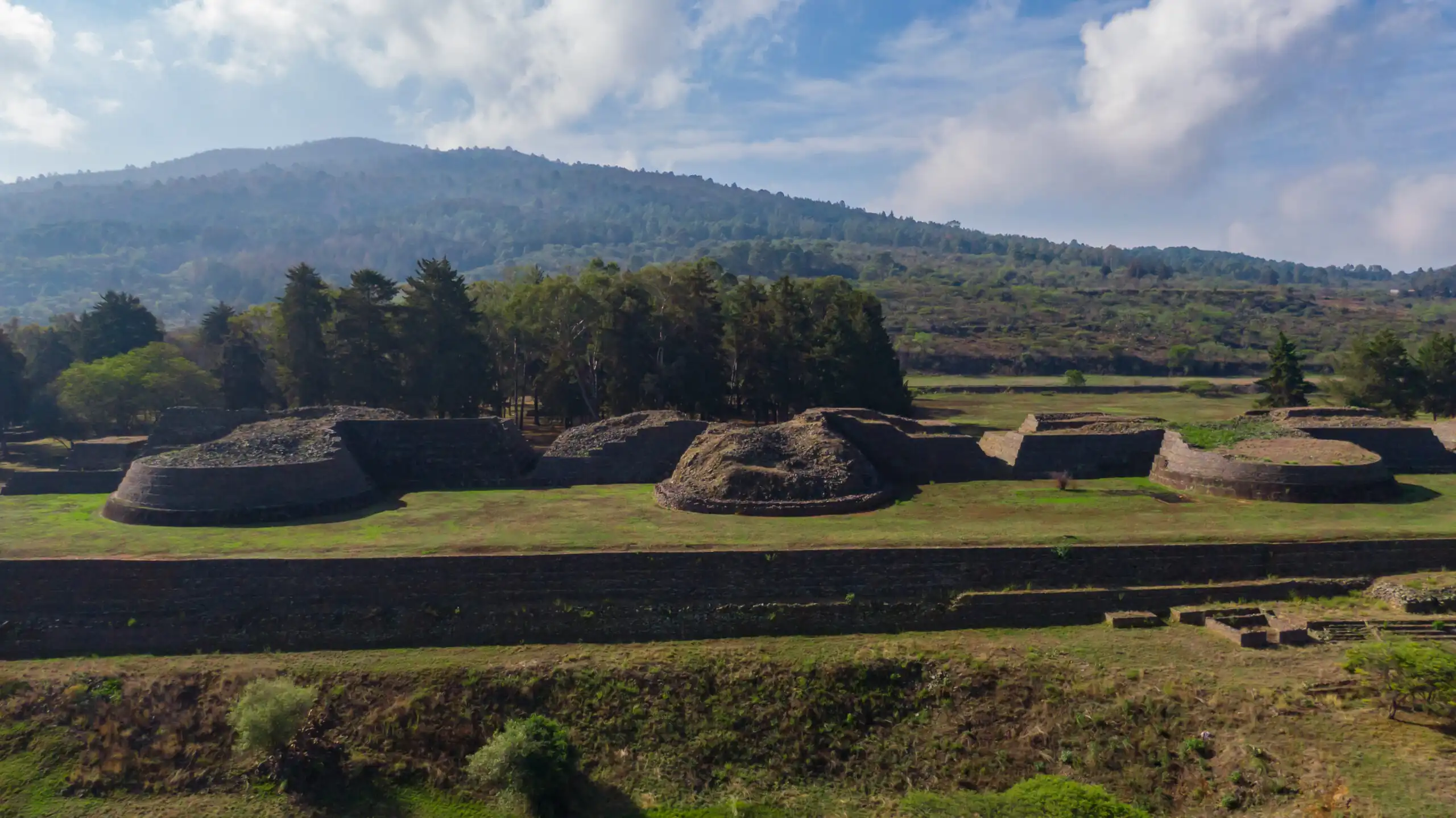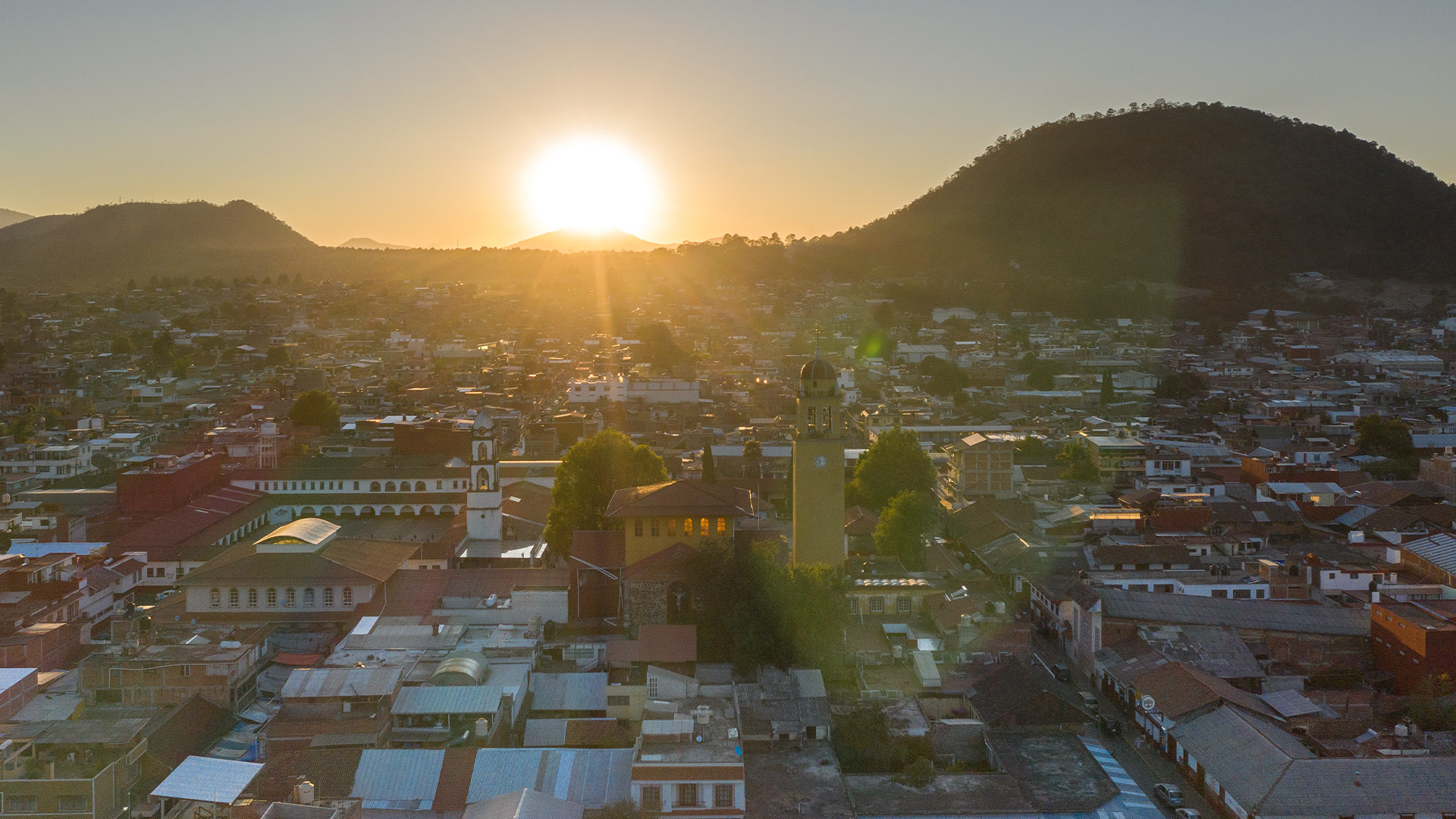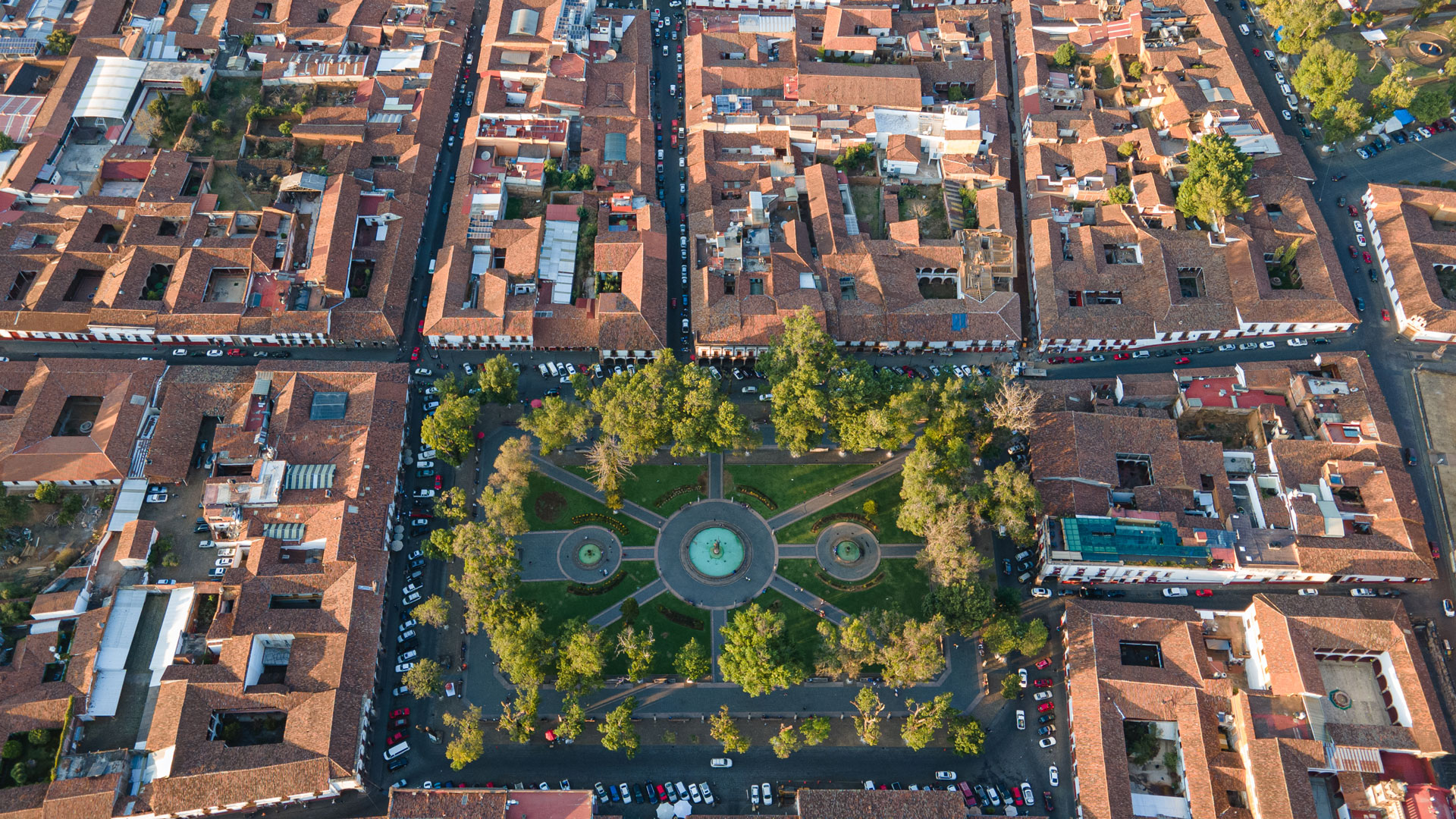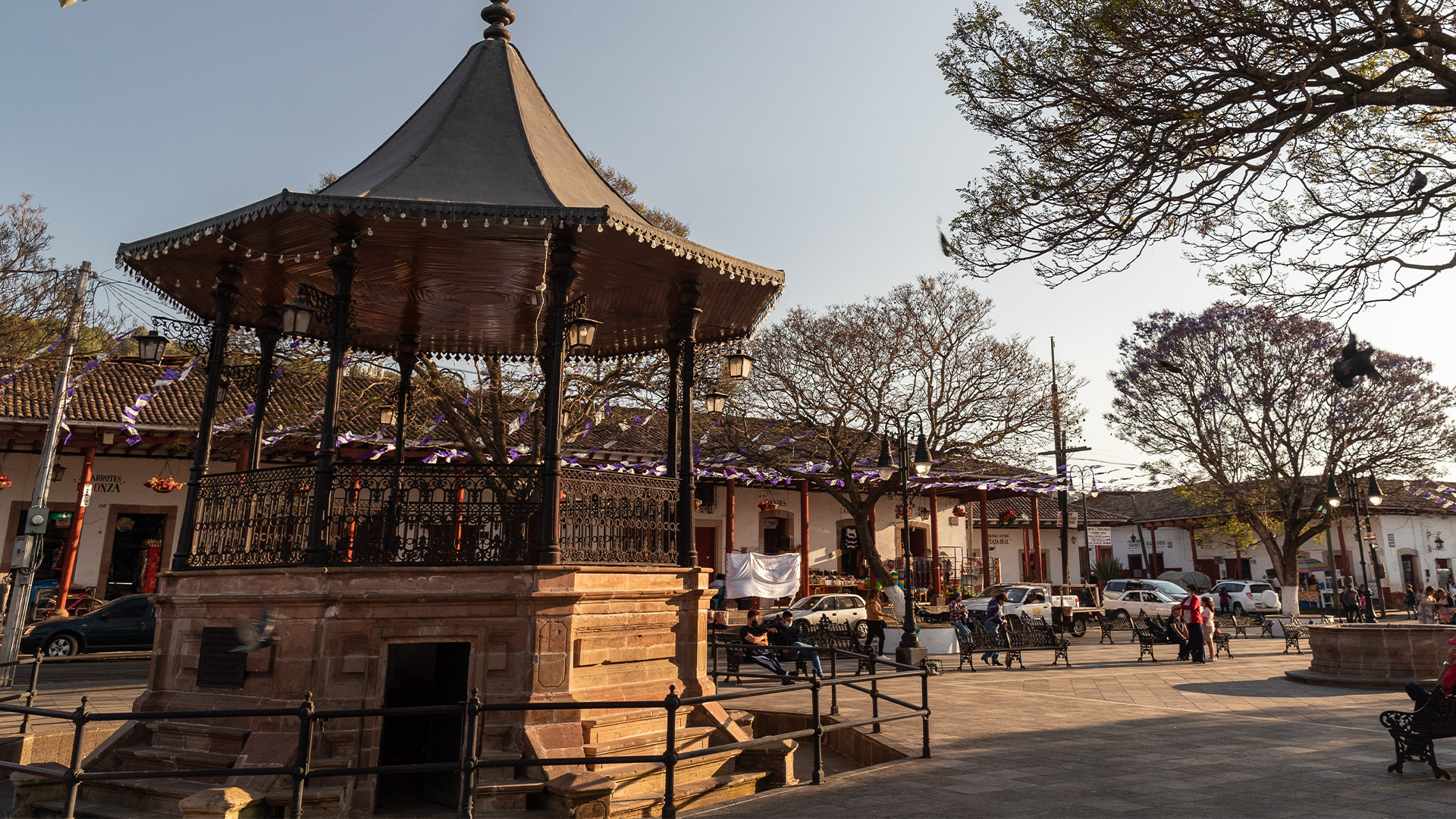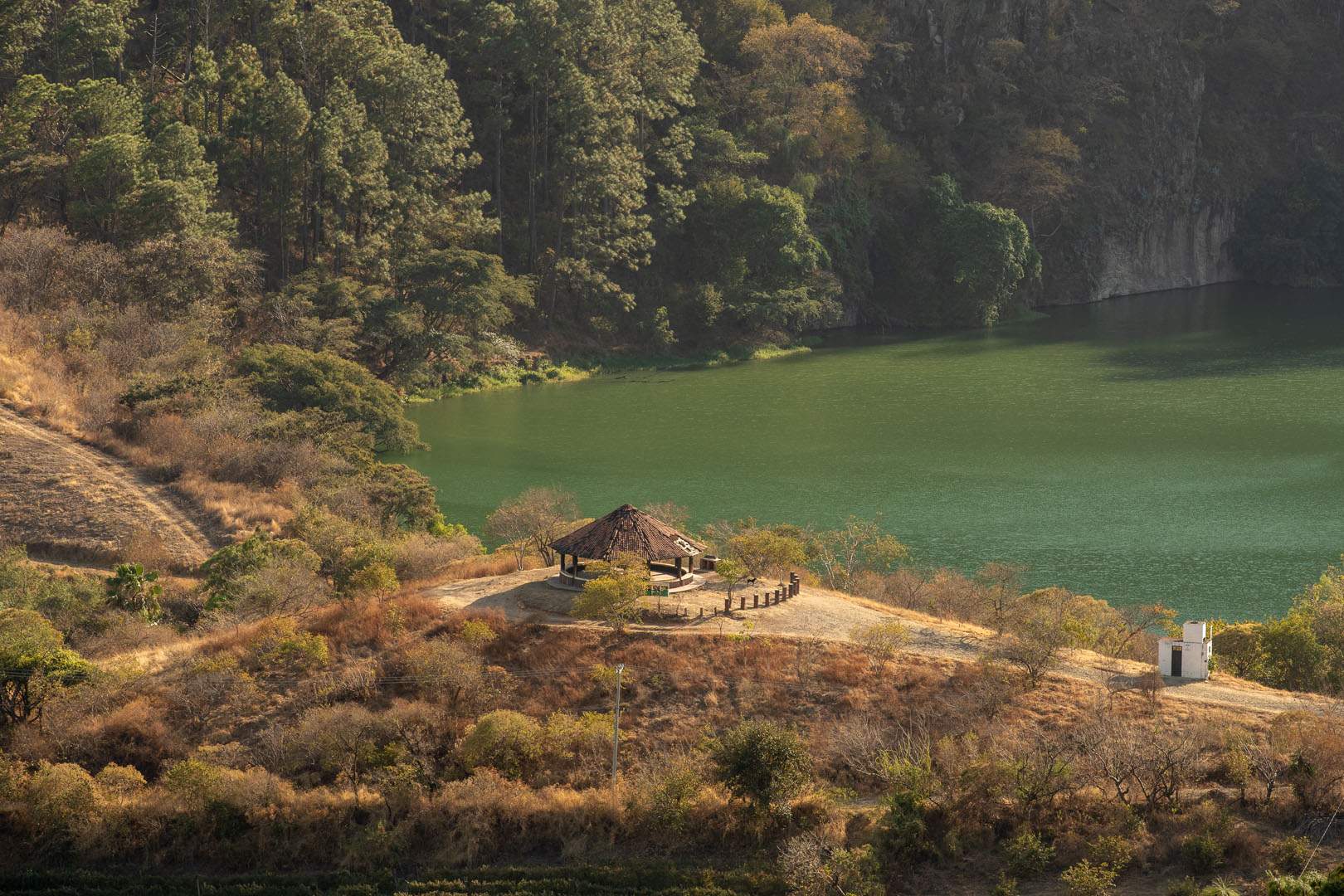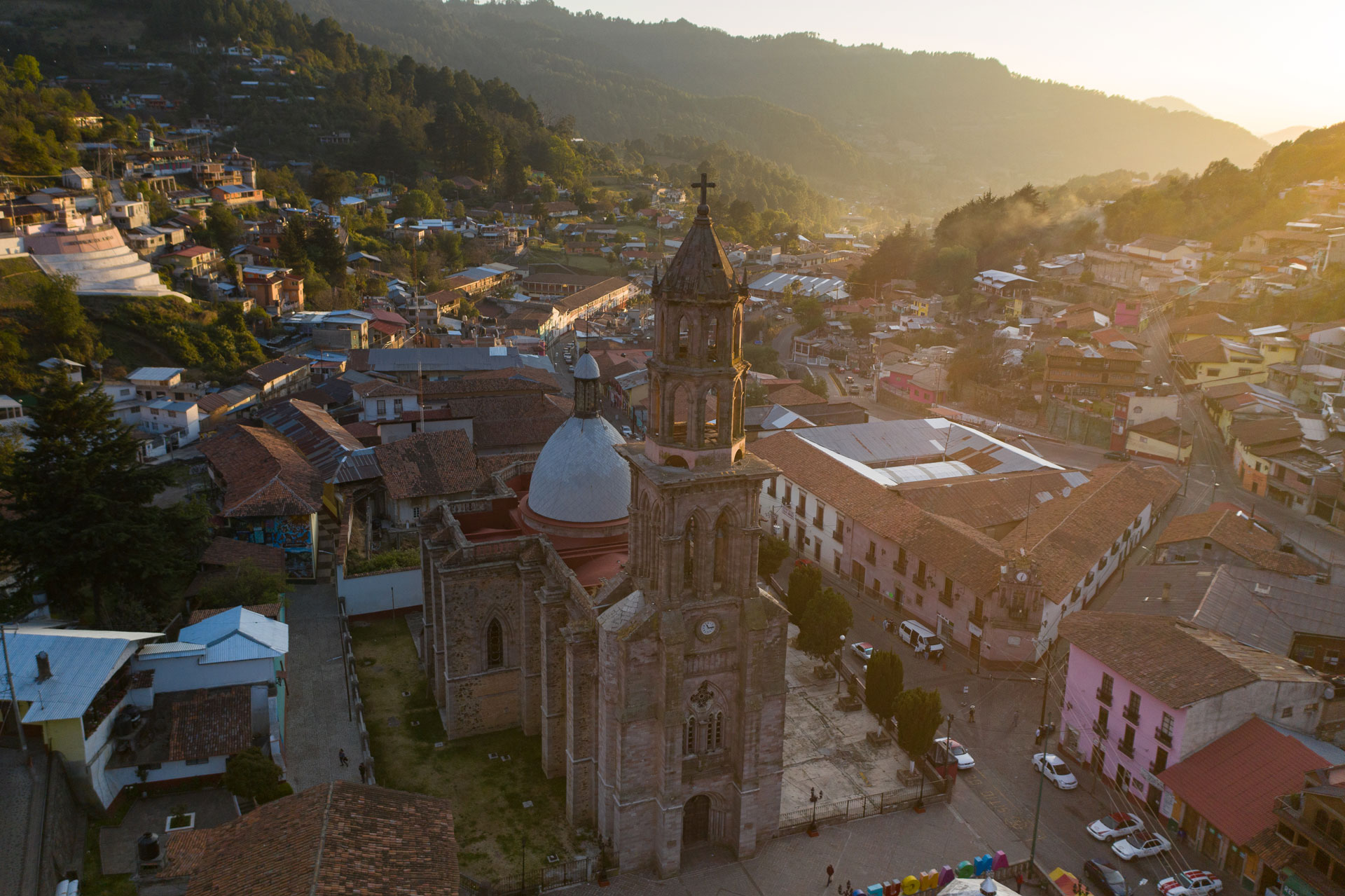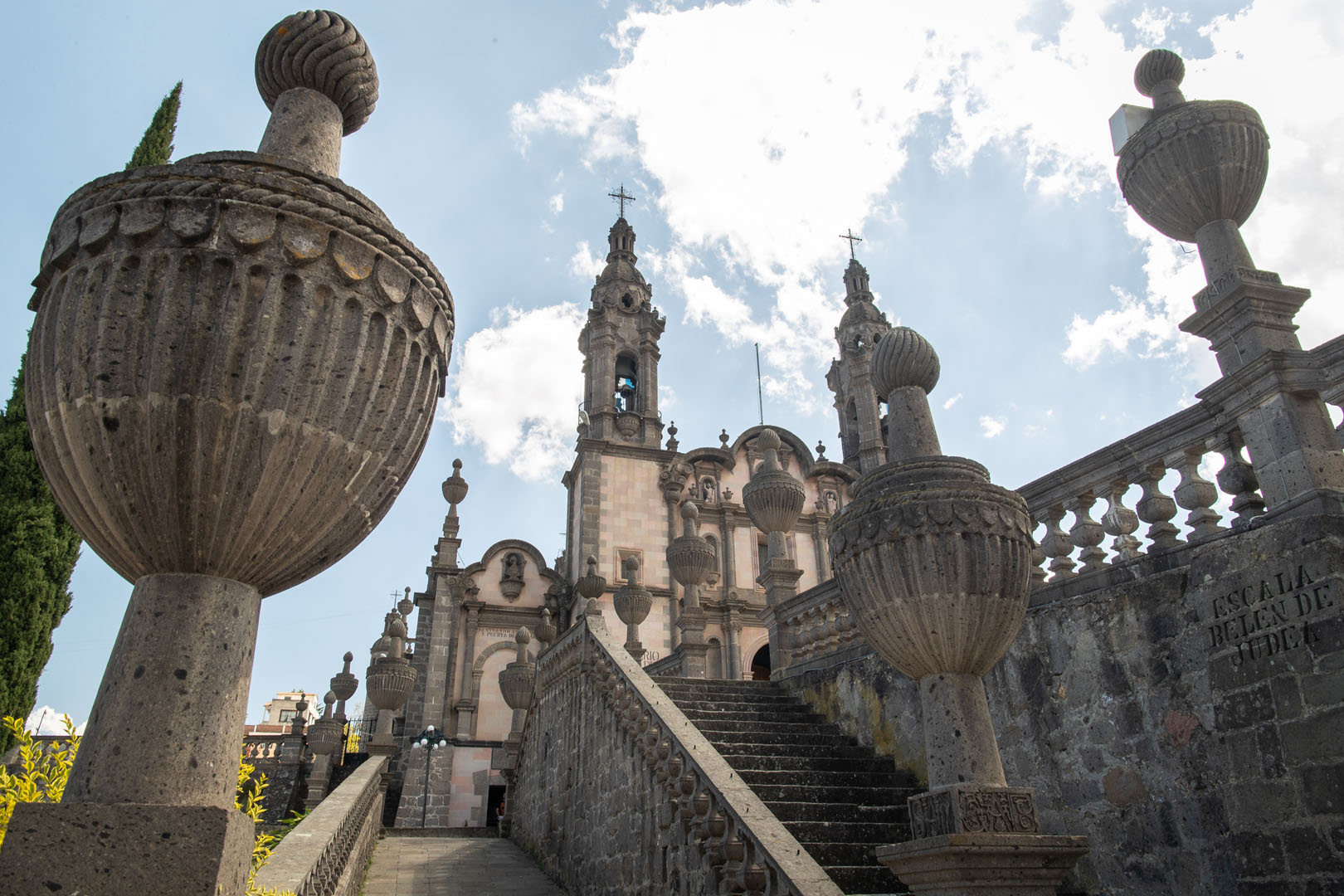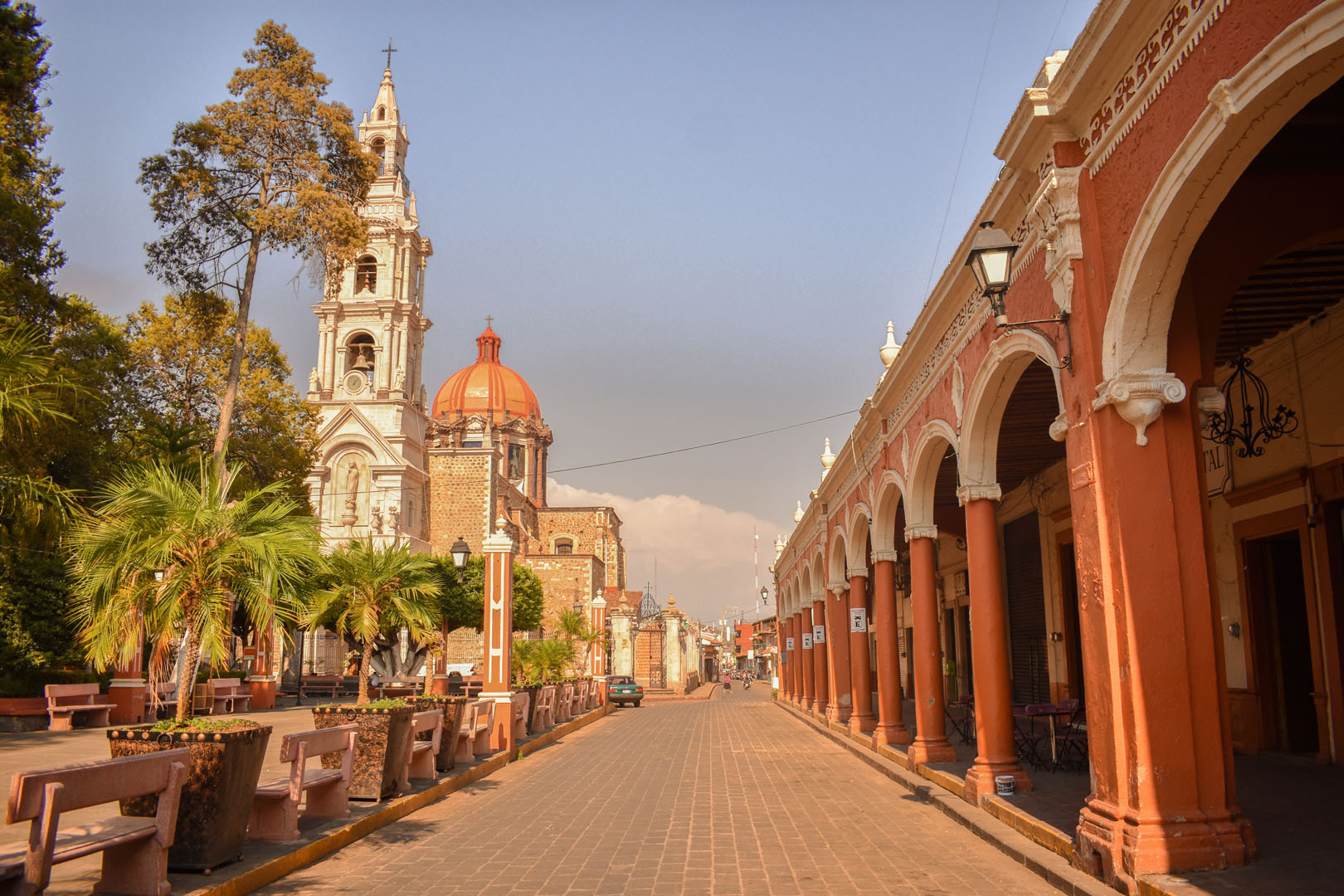Cotija
Discover
Cotija, Michoacán’s newest Pueblo Mágico, is distinguished by its tranquil atmosphere, its beautiful streets and the traditional red roofs that adorn its colonial buildings. This picturesque town is not only known for its history and delicious gastronomy, but also for the natural beauty that surrounds it. Located in a mountainous region, Cotija is surrounded by imposing mountains, crystalline rivers and lush forests, making it a perfect destination for nature lovers and outdoor activities.
If you are looking to enjoy the serenity and charm of Michoacan landscapes, Cotija offers a wide variety of options to explore. Here, hiking, biking and bird watching are experiences that will allow you to connect with nature in a privileged environment. In addition, its mild climate and fresh air make every visit a revitalizing experience.
Cotija’s history is also reflected in its architecture and emblematic sites. The Parroquia de Nuestra Señora del Popolo and the Templo de San José are testimonies to the faith and cultural legacy of this place. Cotija’s Historic Center, with its cobblestone streets and picturesque plazas, is the perfect starting point to discover the essence of this town.
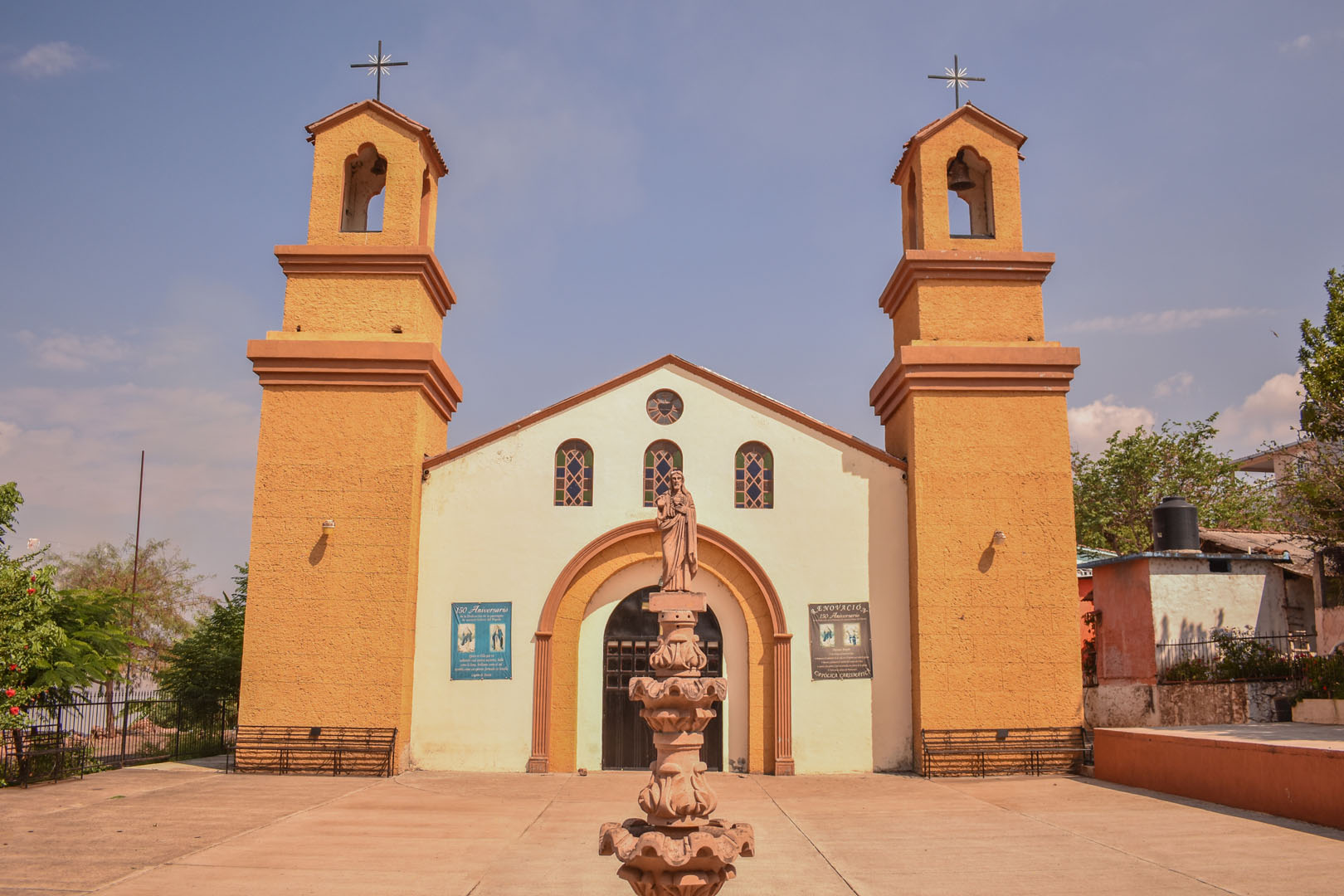
We recommend you to visit
- Parroquia de Nuestra Señora del Popolo: A temple with impressive colonial architecture, which is the spiritual center of Cotija.
- San Juanico Lagoon: A body of water surrounded by nature, ideal for a day of relaxation or water activities.
- Historic Center: A walk through the streets of Cotija will allow you to admire the red-tiled houses, the well-kept gardens and the hospitality of its inhabitants.
- Templo de San José: A site of devotion and an architectural jewel that reflects the religious history of the town.
- Parish of Santiago Apostle: An imposing temple that stands as a symbol of the religious identity of Cotija.
- Ex-Hacienda de San Antonio: A place full of history, once an important agricultural and livestock center.
- Santuario del Señor de la Misericordia: A center of pilgrimage and devotion, where the faithful gather to pay homage to the most venerated religious figure in the region.
What you have to live
- January 5 and 6: Religious festivity in La Esperanza and Three Kings Day.
- January 12: Celebration of the Virgin in San Juanico.
- February 5: Celebration in honor of St. Philip of Jesus.
- March 19: Feast of St. Joseph.
- June 24: Feast of the Virgin of El Barrio.
- September 28-30: Tostada Fair, where you can enjoy this traditional snack in various combinations.
- October 12: Feast of the Discovery of America at the Guadalupan Shrine.
- November 22: Festival of Santa Cecilia, a popular festival in the main square enlivened by local musicians.
- December 1-31: Traditional festivities in honor of the Virgin of Guadalupe, accompanied by the Cheese Fair and the Festivities of the Absent Son.
- Cheese Fair (December): A celebration that pays homage to the famous Cotija Cheese, with gastronomic samples, music and cultural events.
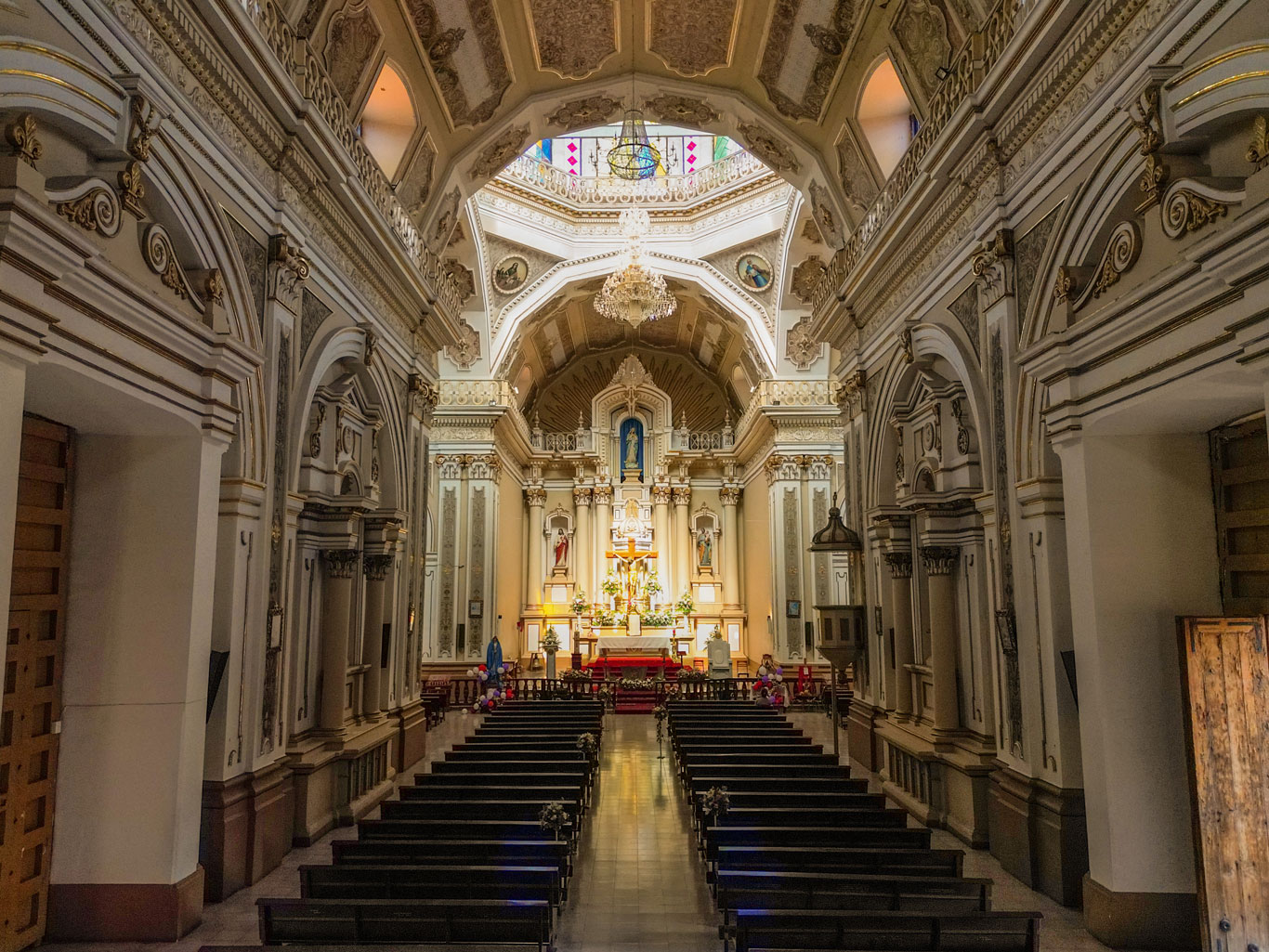
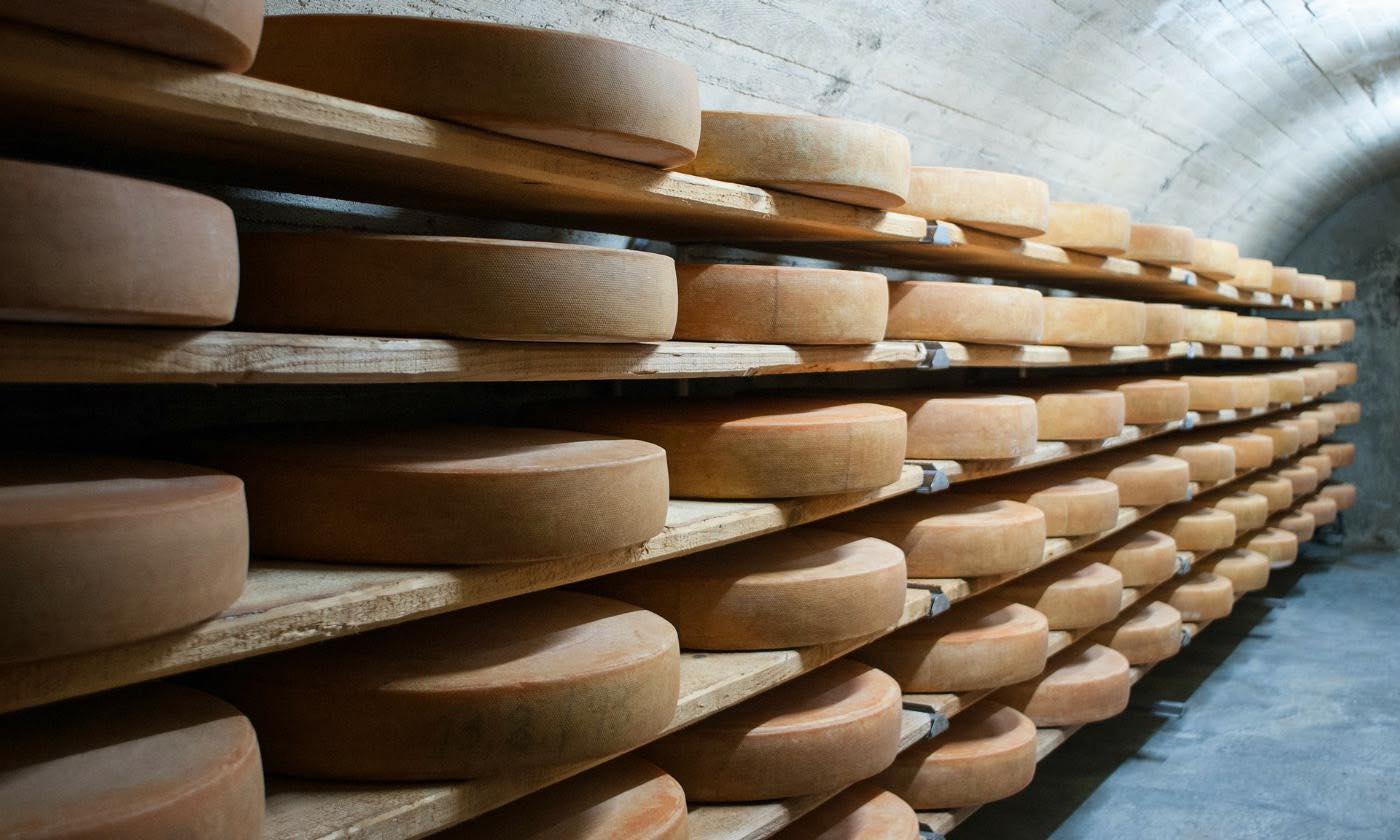
What you have to try
Cotija is a culinary destination that delights its visitors with authentic flavors. Among the typical dishes and products that you can not miss are:
- Cotija cheese: Known nationally for its strong flavor and firm texture, this cheese is the symbol of the region.
- Mole de Chocolate: A traditional recipe that combines the flavor of cocoa with spices and chiles, ideal to accompany meats.
- Mezcal: Handcrafted in the region, this mezcal is perfect for tasting in a local cantina.
- Cotija Chocolate: A product of intense flavor, ideal to enjoy with bread or as a hot drink.
- Cocadas: Traditional sweets made with grated coconut and sugar.
- Pícaros: Cookies with a spicy and sweet touch that are a symbol of local confectionery.
- Pan Aguacata: A traditional sweet bread, perfect to accompany a good coffee.
Handicrafts
The ingenuity and creativity of Cotija’s artisans are reflected in products that combine beauty and functionality:
- Saddlery: Belts, saddles and other handmade leather products.
- Goldsmithing: Jewelry and metal objects worked with great detail.
- Hand-woven fabrics: Rebozos, tablecloths and traditional textiles that preserve ancestral techniques.
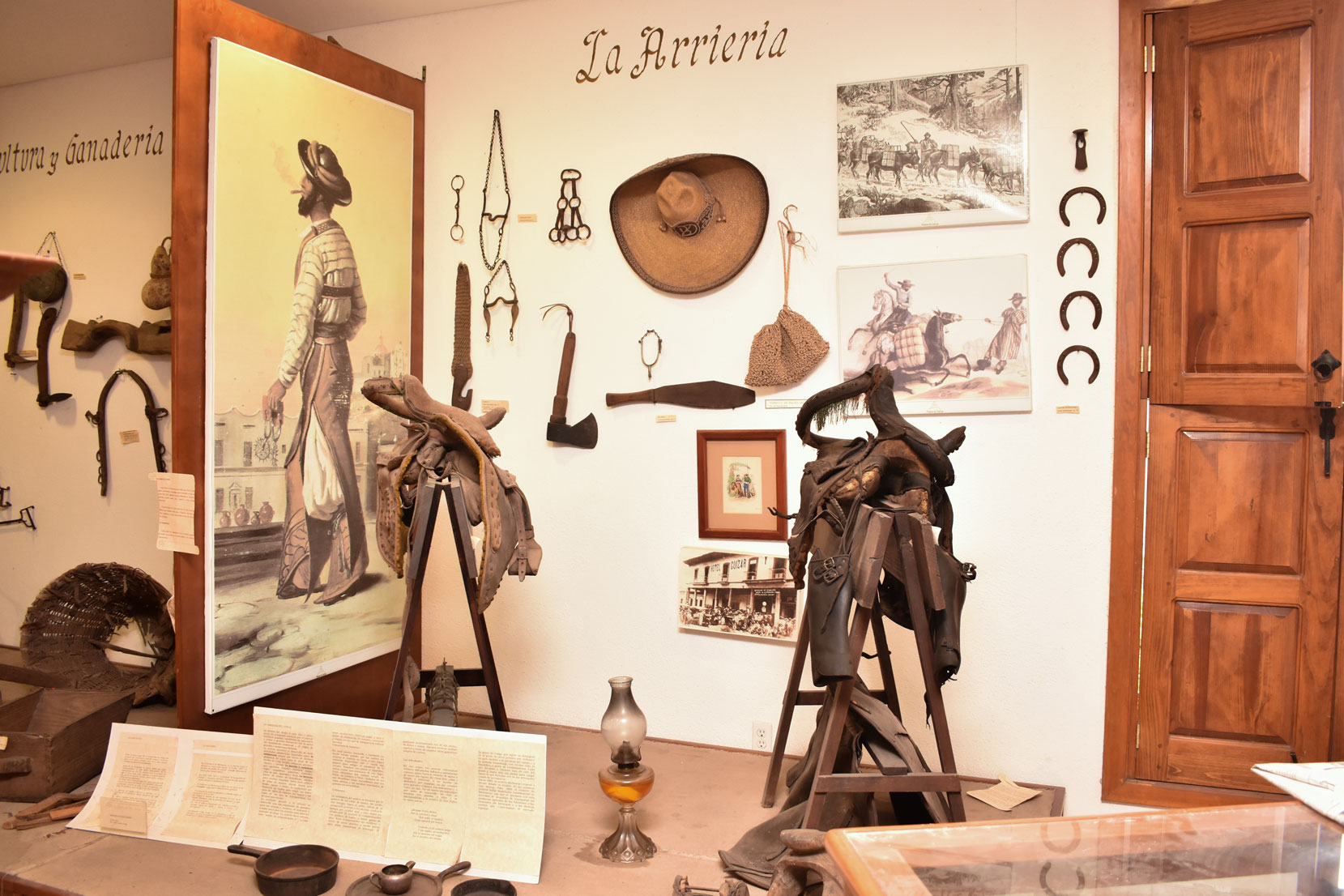
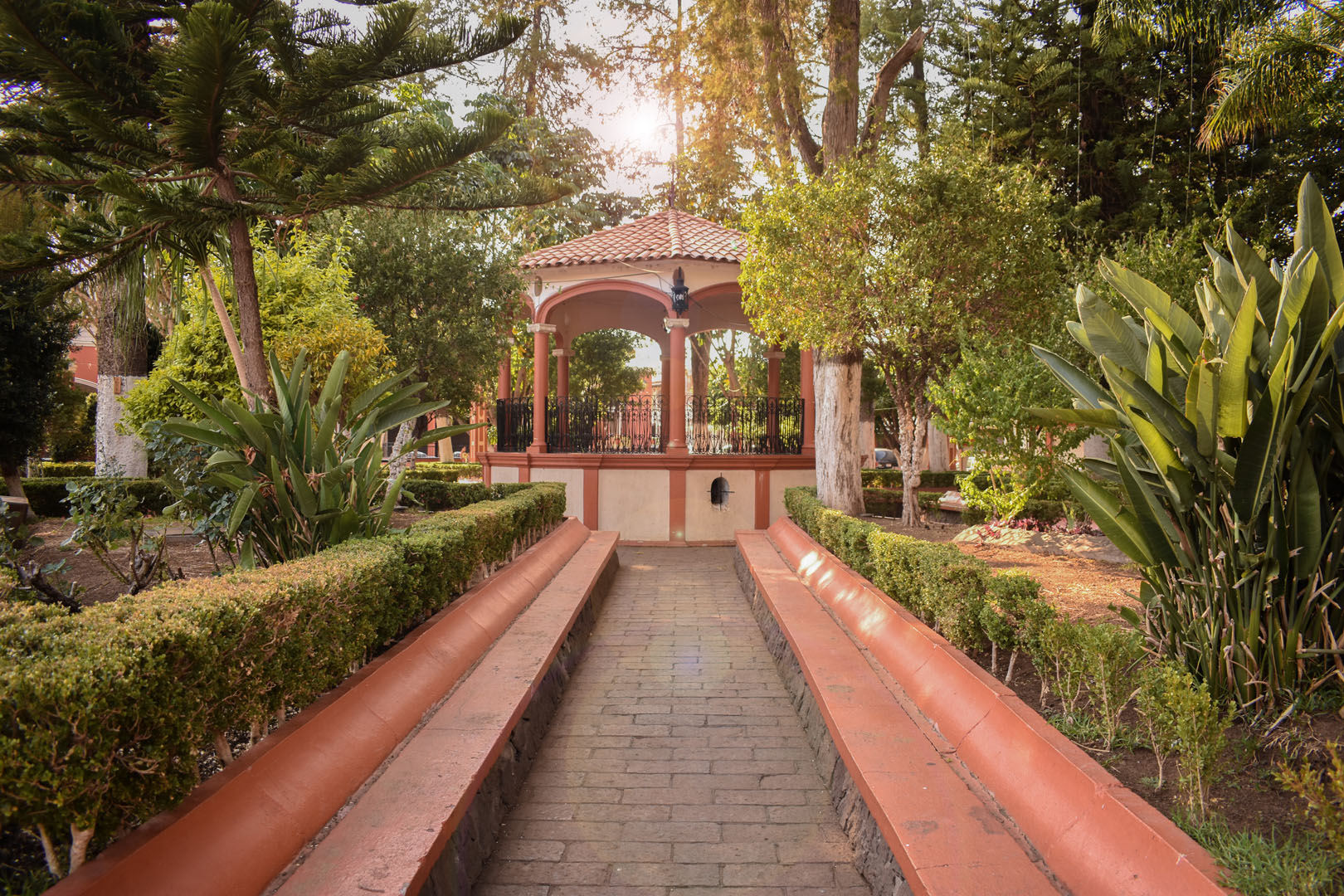
This small Pueblo Mágico has been the birthplace of important historical figures, including Bishop Rafael Guízar y Valencia, who was canonized as a saint by the Catholic Church in 2006. It is also the birthplace of figures such as Ezequiel A. Chávez, a prominent Mexican educator and philosopher who promoted public education in the country.
